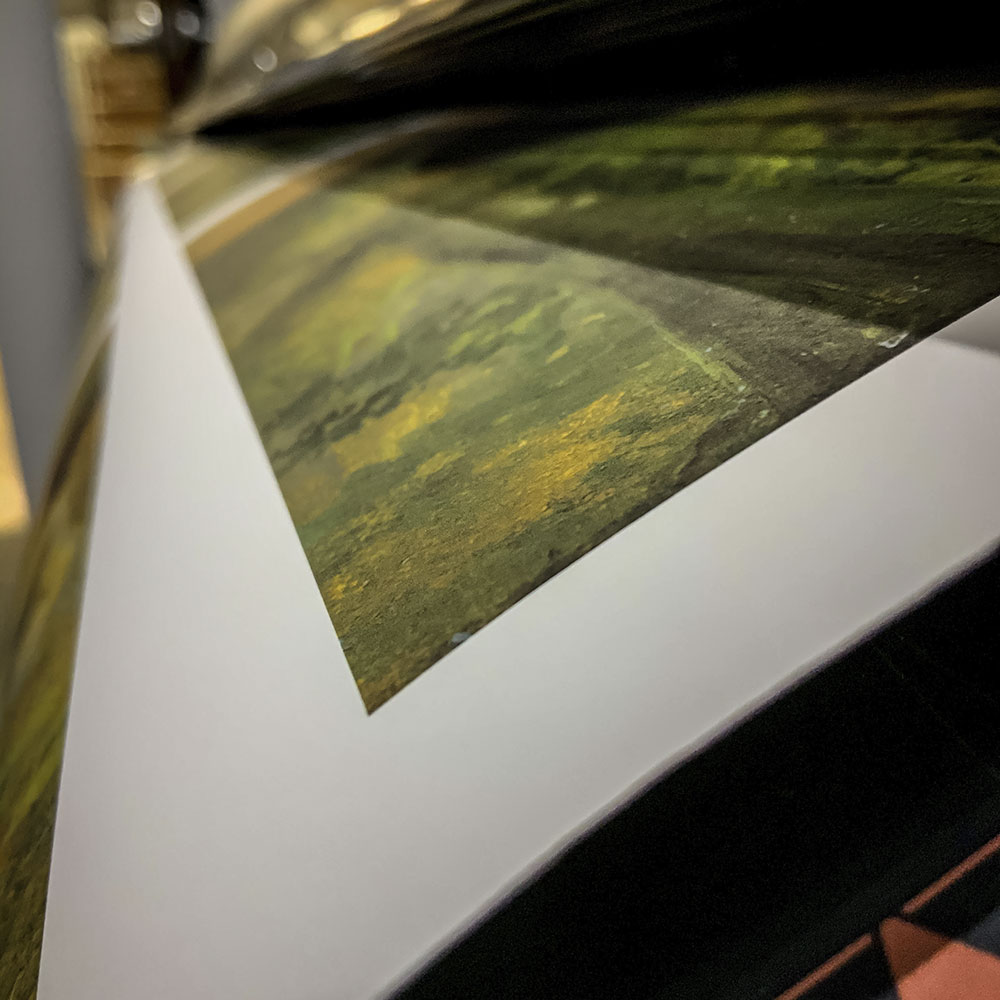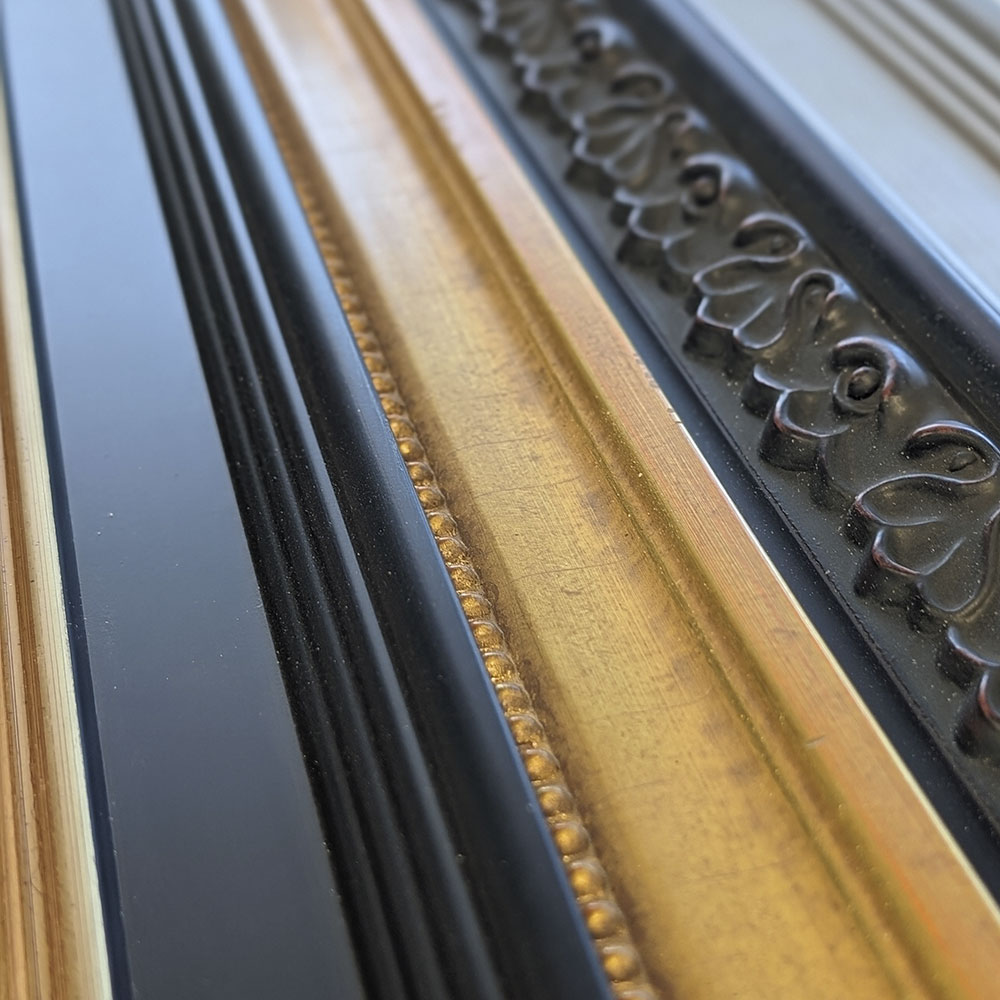Richard Clague (French-American, 1821-1873), Fisherman’s Camp, n.d. Oil on wood panel. New Orleans Museum of Art, Gift of Mrs. Benjamin M. Harrod.
In Fisherman’s Camp, pinkish hues ground Clague’s dramatic sky in a deliberate temporality, and only the thinnest margin of land separates the dark waters of the foreground from the strip of clearer blue lake along the horizon. The painting only gradually reveals the distinction between the glimmering, reflective water and more solid land, as Clague builds up richly pigmented, deeply opaque strokes of tan paint to create an only somewhat solid surface for the fisherman’s shack to sit. The rendering of that bank - its emergent quality - reminds us that New Orleans owes its very existence to natural levees created out of millennia of sedimentary deposits from the Mississippi, a
fundamental interdependence of land and water that continues to determine the region’s topography.


